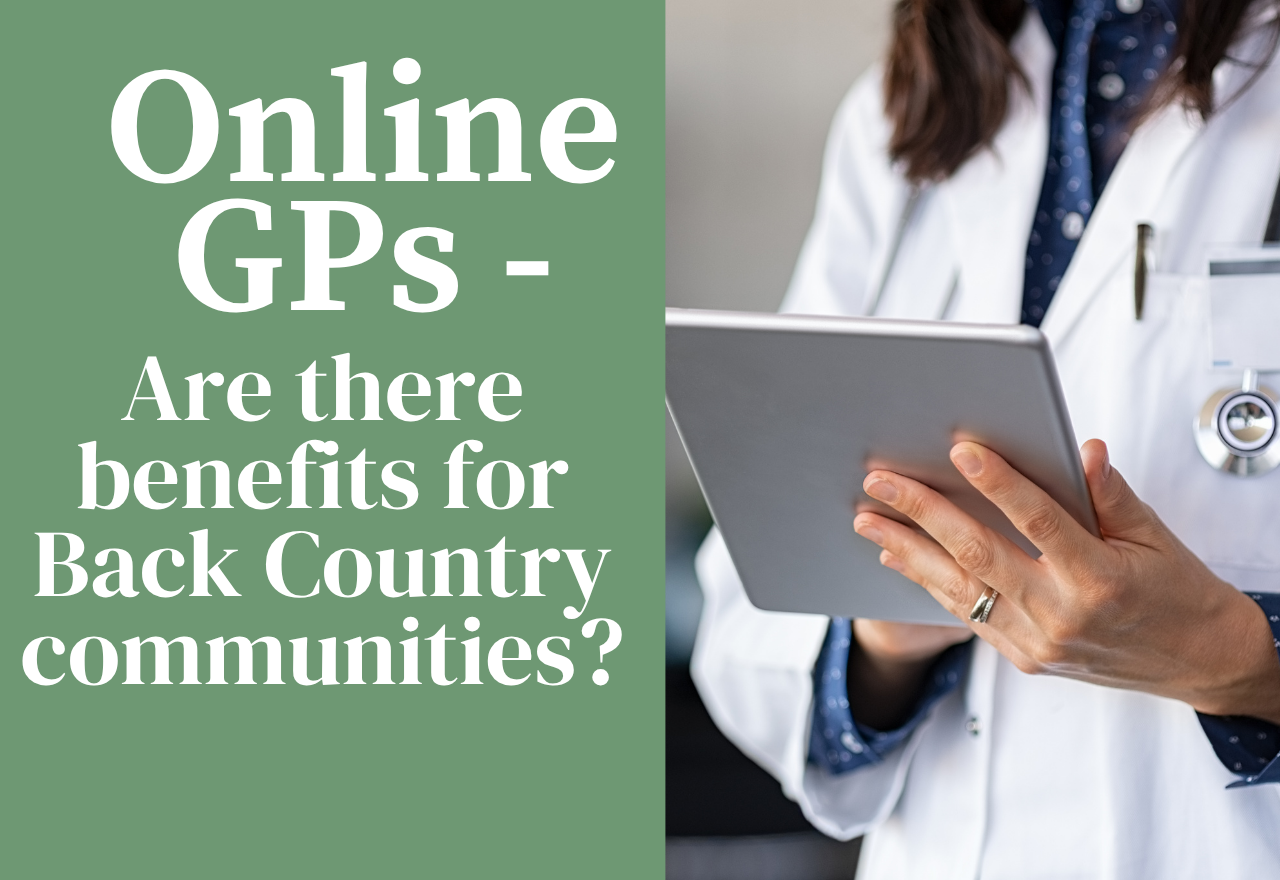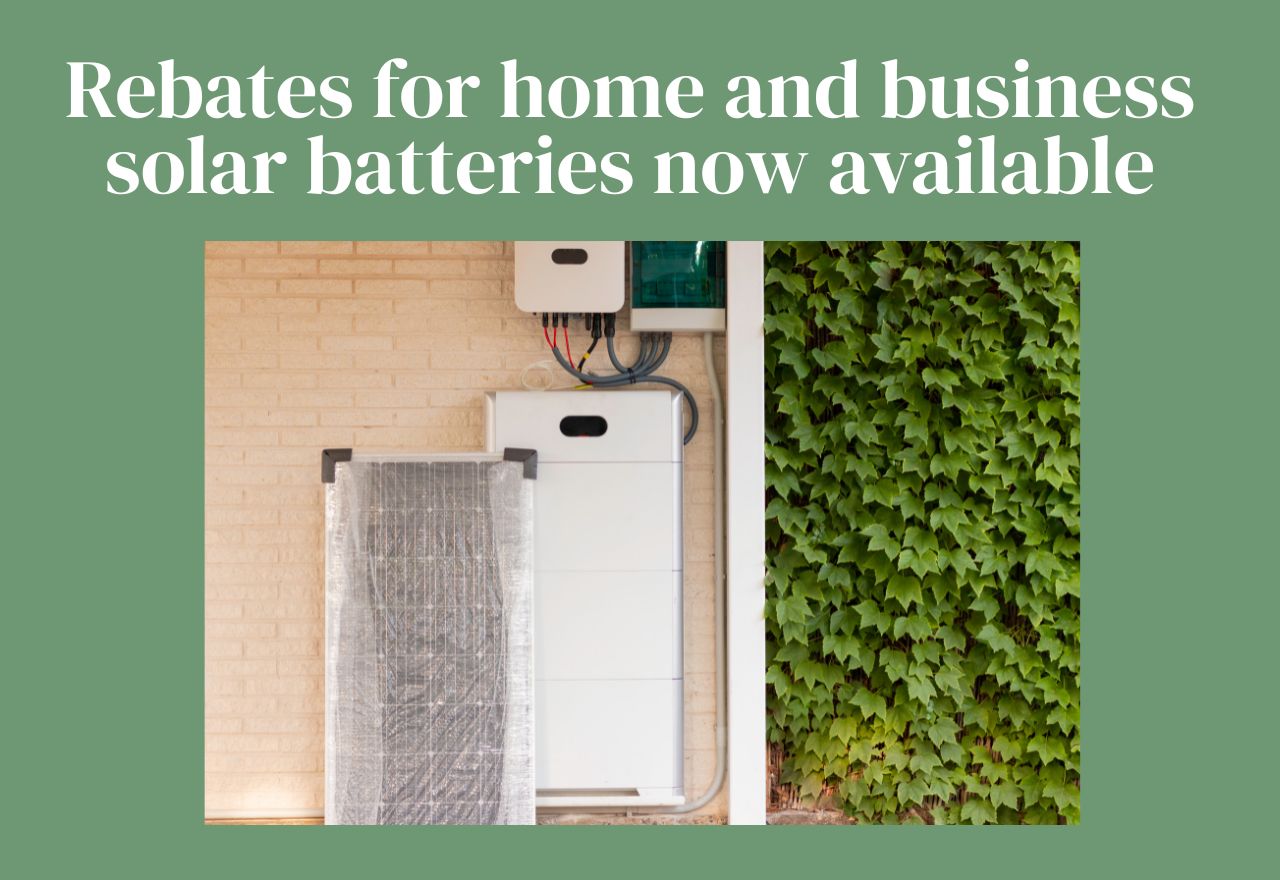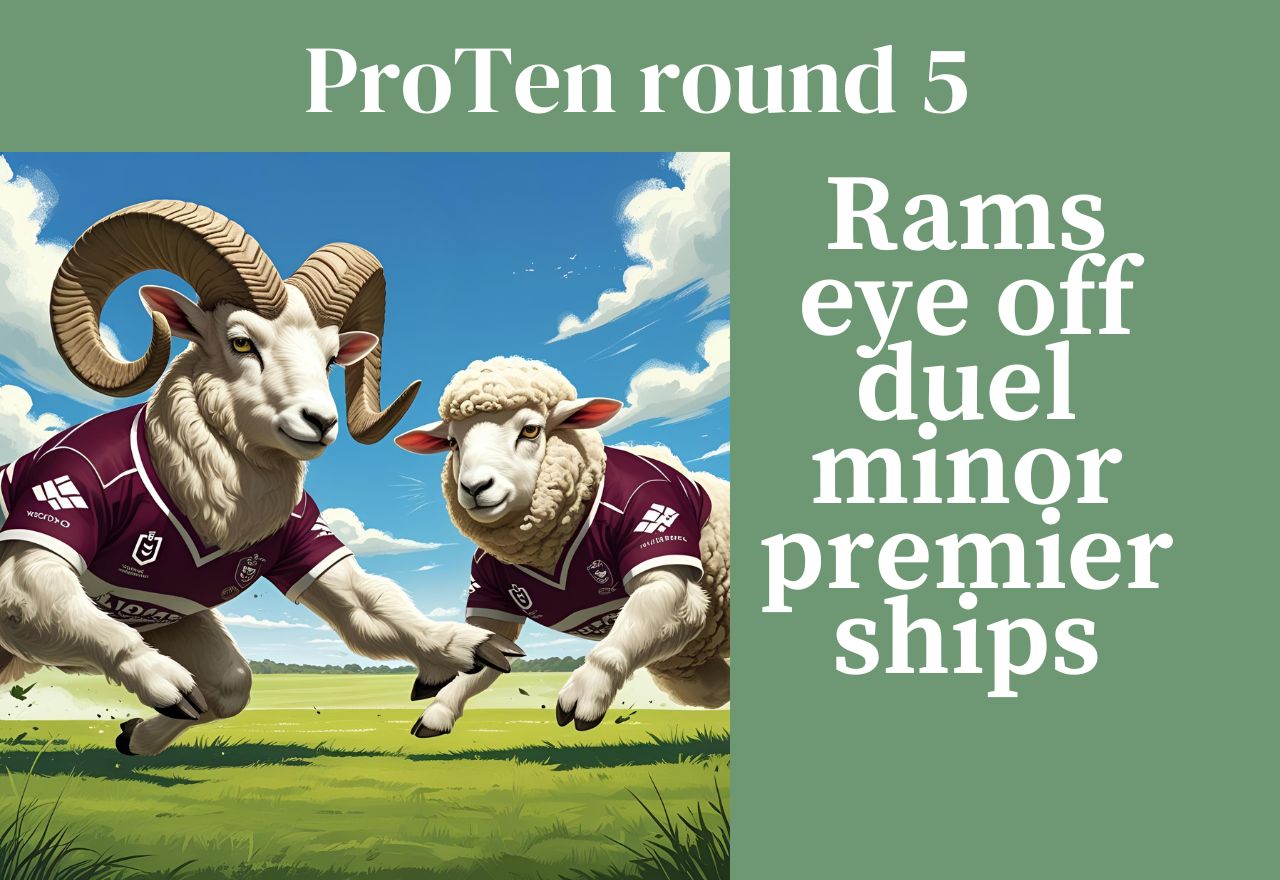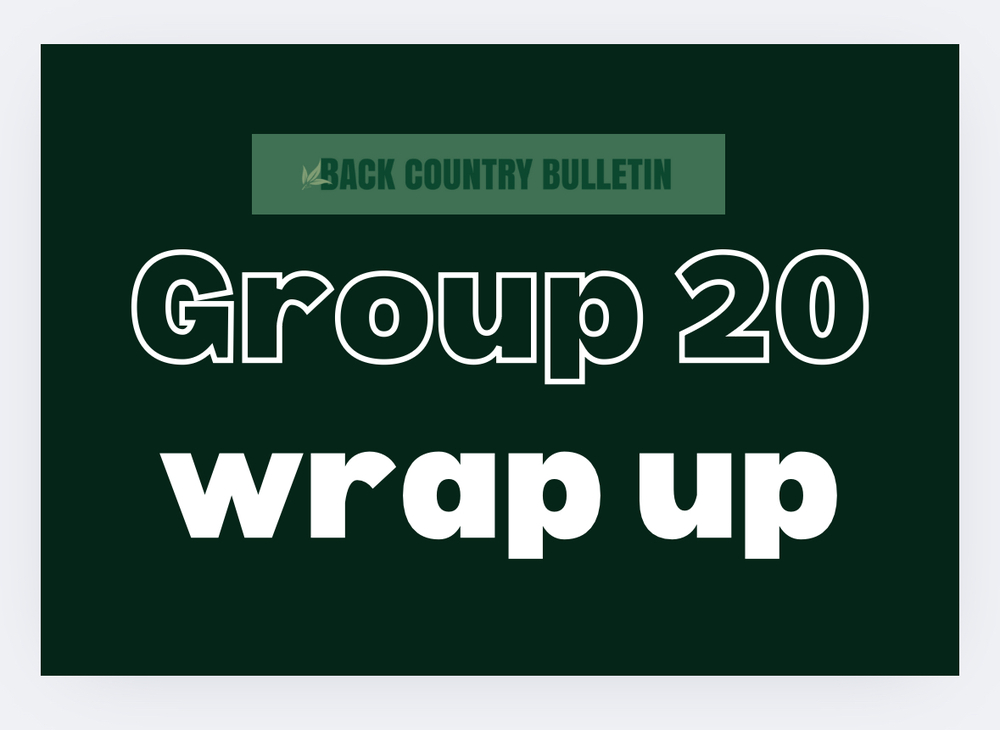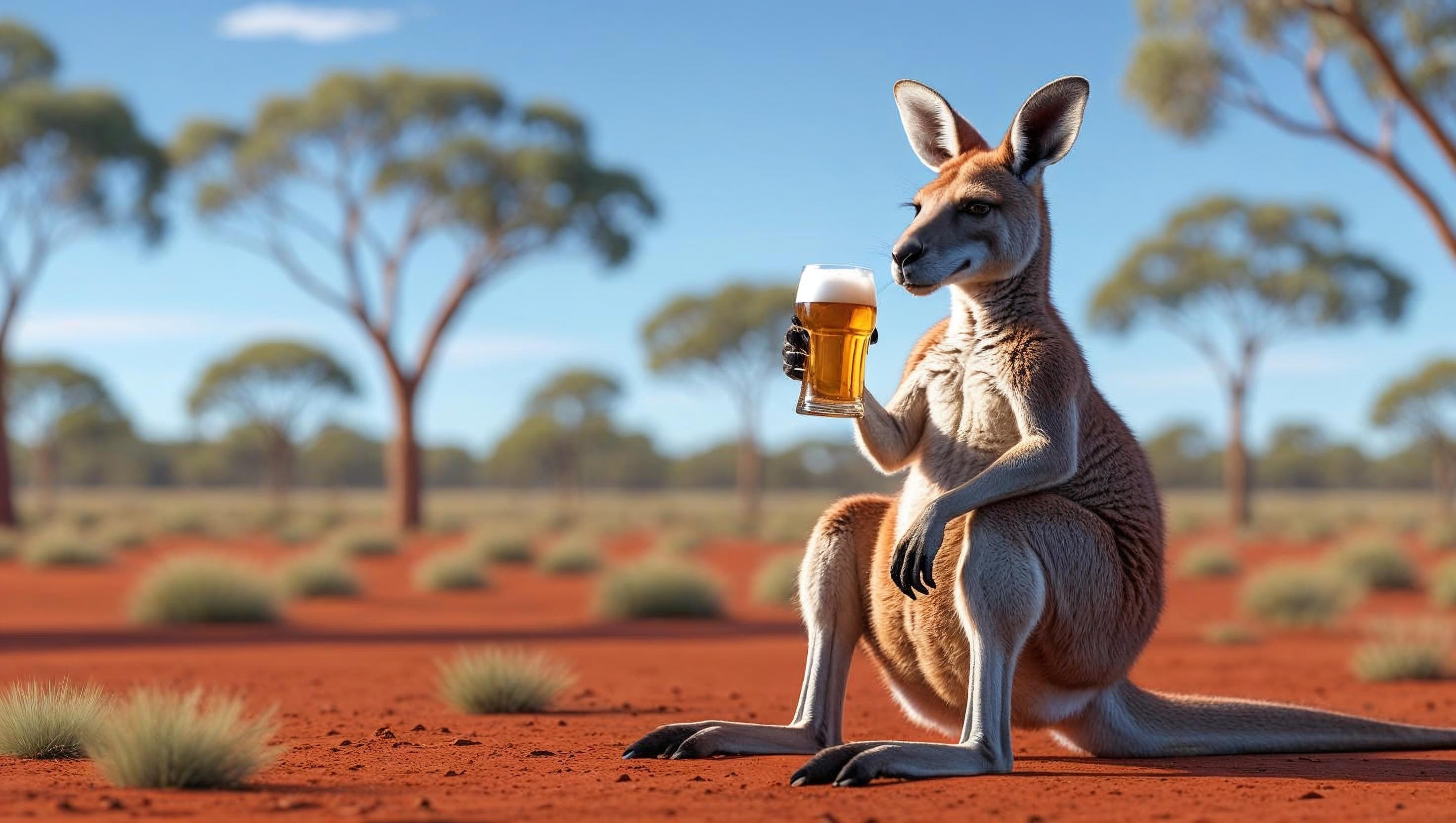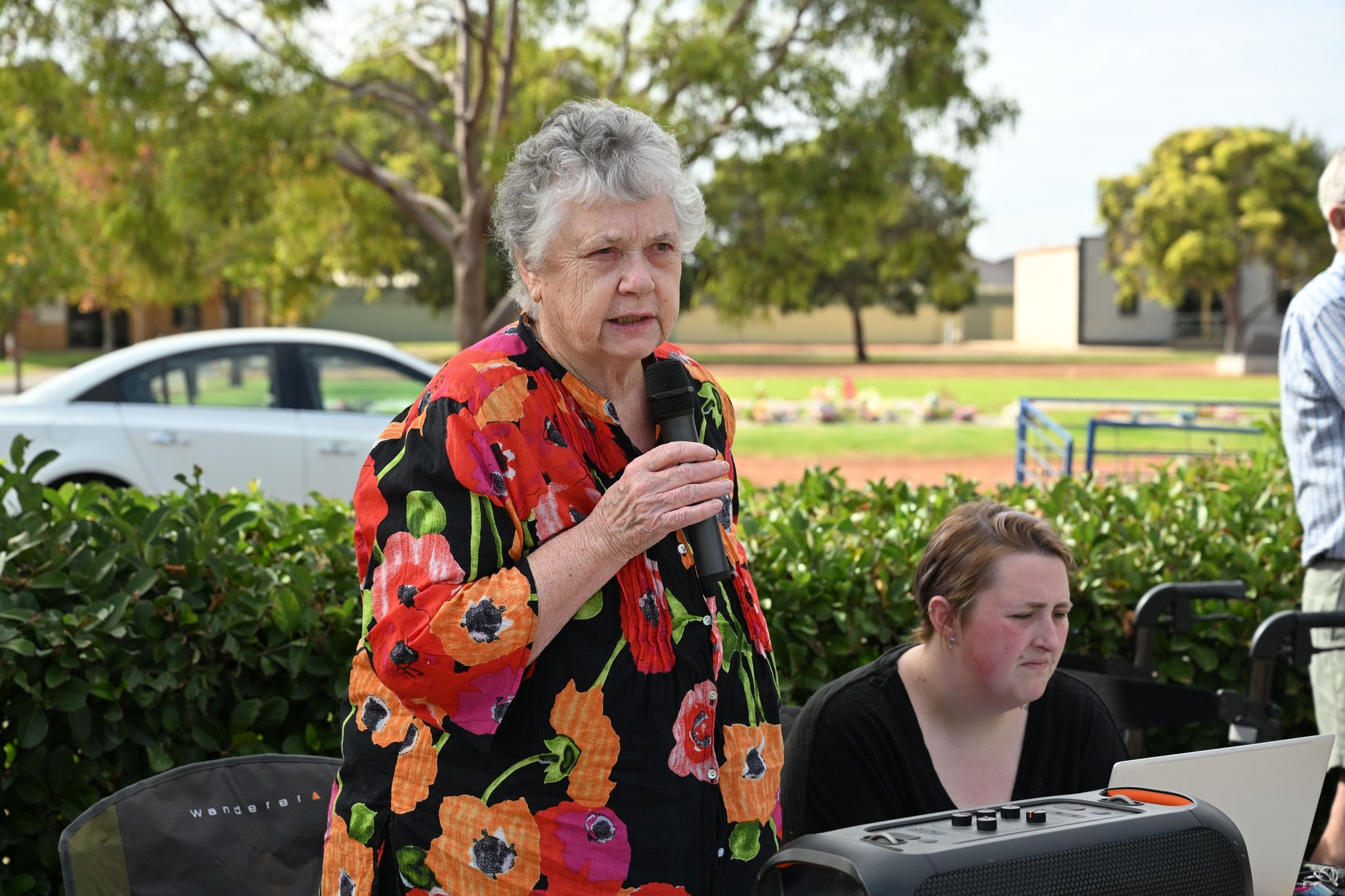New Murrumbidgee Valley Floodplain Management Plan Commences: What it Means for Carrathool, Hay & Balranald River Users
Krista Schade
02 July 2025, 5:00 AM
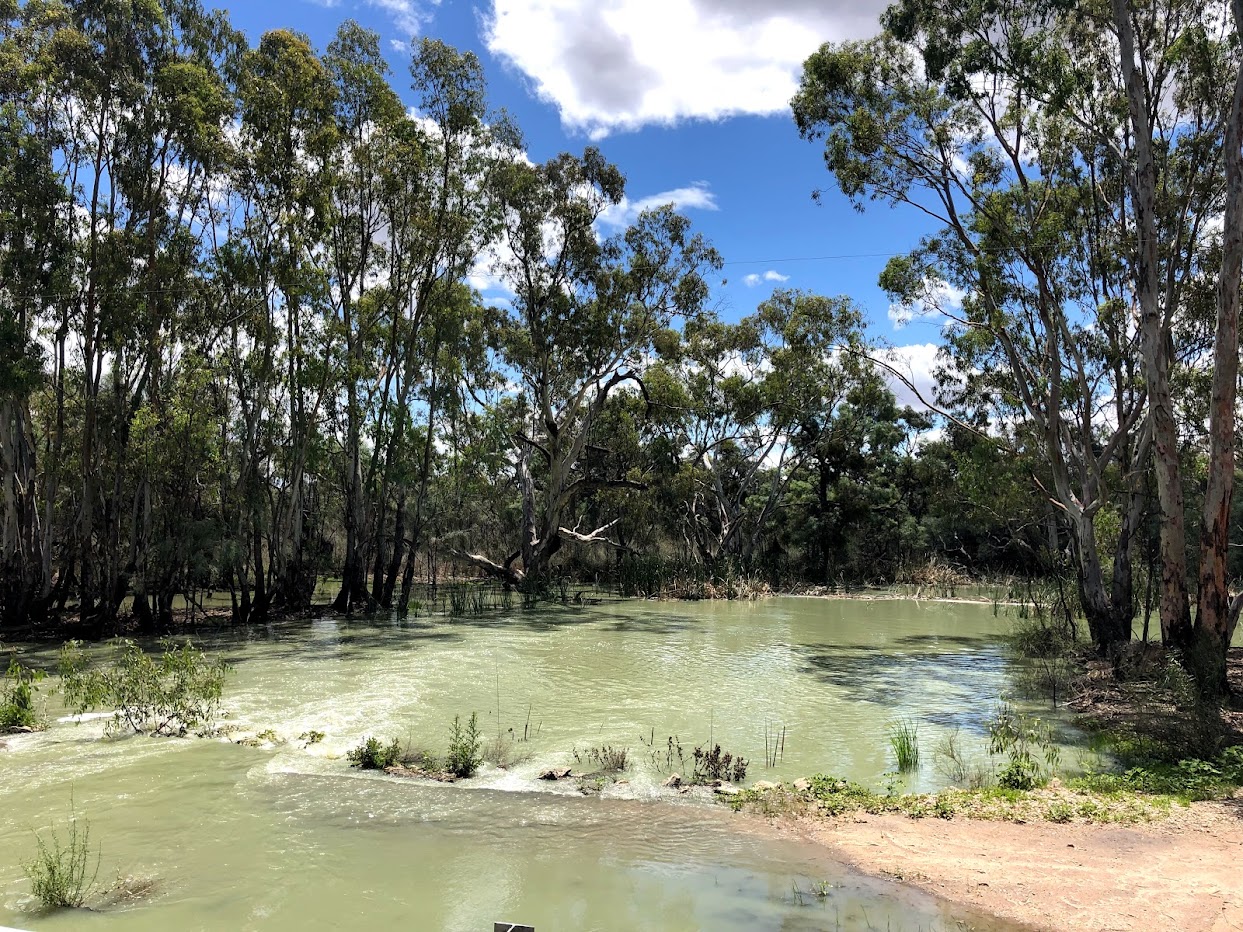
The NSW Government has officially launched the Murrumbidgee Valley Floodplain Management Plan, a significant new tool set to guide water management in our region until June 2035. This plan is designed to manage rural flood works and their effects on water flows and connectivity downstream of Wagga Wagga, directly impacting river users and communities in areas like Carrathool, Hay, and Balranald.
What is the Murrumbidgee Valley Floodplain Management Plan?
At its core, the plan sets out the rules for applying for flood works within the declared floodplain. This includes various structures that can alter how water flows to or from a river, or how it moves during a flood. These works can include:
• Roads
• Channels
• Dams
• Levee banks
The plan is underpinned by the latest data and advanced hydraulic modelling, allowing for the coordination of what types of flood works can be constructed and where. The NSW Government says the overarching goal is to balance the needs of communities, landholders, and the environment, while also protecting vital cultural and heritage sites.
Giselle Howard, NSW DCCEEW Executive Director of Water Planning, emphasised the plan's role in "responsible and effective rural floodplain management to help us sustain healthy communities and environments, now and in the future.”
“It will play a pivotal role in guiding the Murrumbidgee Valley over the next decade".
What Does This Mean for River Users in Carrathool, Hay, and Balranald?
As communities situated downstream of Wagga Wagga in the Murrumbidgee Valley, the new management plan will have a direct bearing on water management in your local area.
Here’s what you need to know:
• Regulated Flood Works: Any new or modified rural flood works, such as channels for irrigation, protective levee banks, or farm dams, will now fall under the rules set out by this plan. This means that how and where these structures can be built will be carefully coordinated to ensure broader impacts on water flow are considered.
• Impact on Water Flows and Connectivity: The plan specifically addresses the effects of flood works on flows and connectivity. For landholders and river users, this could mean more predictable water movements during both normal conditions and flood events, potentially improving water security and reducing adverse impacts.
• Balancing Local Needs: The plan aims to balance the needs of landholders, local communities, and the environment. This suggests that future decisions on flood works will consider local agricultural practices, community safety, and the health of the river system crucial for local livelihoods.
Community Input Was Key
The NSW Government says development of the plan was not conducted in isolation. The Government held two rounds of public consultation in 2024, gathering valuable feedback from dozens of local landowners, residents, and stakeholders.
Ms. Howard extended thanks to everyone who shared their "local knowledge, experience, expertise and feedback over the last year, which was critical to helping us finalise the plan."
It is important to note that the Murrumbidgee Valley Floodplain Management Plan is unrelated to the Reconnecting River Country Program.
NEWS
SPORT
RURAL
COMMUNITY
